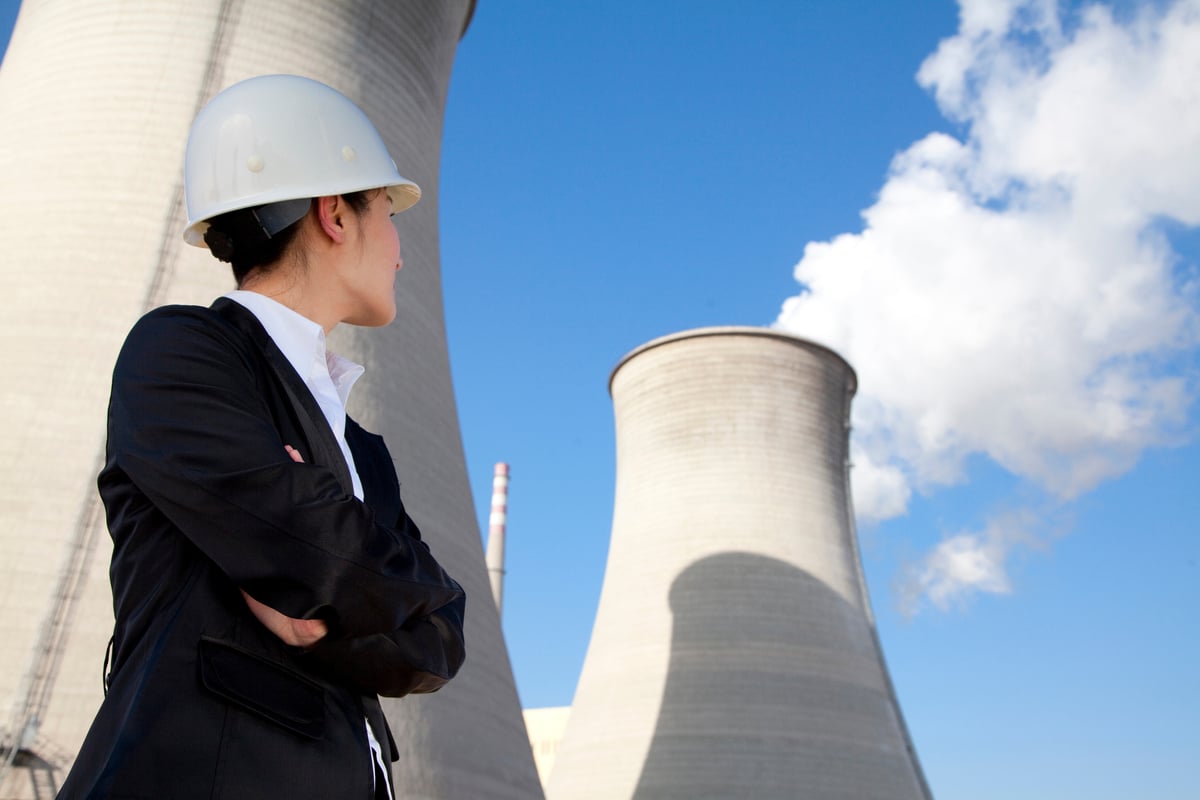BHP Billiton (BHP +0.51%) has been refocusing around core sectors. That's left it with a collection of assets, like nickel mines, that just don't fit anymore. How it plans to jettison these businesses has been up for debate, but this year's nickel rally makes it look increasingly likely that at least this one segment could have a 'for sale' sign in front of it.
Getting focused
It's no secret that BHP Billiton is circling the wagons around iron ore, copper, coal, and oil. Moreover, it is looking to invest in its best mines in each segment. The company believes that this will, "create an unrivaled portfolio of large, long-life, low-cost and expandable assets," and the numbers back it up. For example, production growth between 2013 and 2015 is expected to be 10 percentage points higher in its "major basins" compared to the average for the entire company. Margins in those plays were about 10 percentage points above its average last year, too.

(Source: Lyn Lomasi, via Wikimedia Commons)
It's no wonder that the company wants to streamline. That focus is providing additional benefits, as well. For example, the company's capital spending is expected to decline 25% this year, with further declines next year. By focusing on its best opportunities BHP can grow faster and spend less.
Harder than it sounds
However, this streamlining is public knowledge. It's why BHP had been considering everything from individual sales to a spinoff. The latter option would allow the company to put the good with the bad and get it all done at one time. While a BHP spinoff would reduce debt, it wouldn't lead to a payday.
Selling assets one by one, on the other hand, provides cash that can be used to pay down debt and invest in growth. That's why selling uranium mines to Cameco (CCJ +1.80%) in 2012 for about $400 million was such a good move.
BHP's uranium business was small compared to its other operations, and the uranium market is in a state of flux. Pure-play uranium miner Cameco, however, is expecting uranium demand to expand in the future; this would lead to a vacuum that has to be filled with new supply. Cameco expects 15% of the world's demand to be supplied by new production by 2023.
Today, however, there's too much supply, and uranium prices are weak. That's why Cameco's earnings have been less than stellar since hitting a high water mark of about $2.80 a share in 2009. Last year, earnings came in at around $0.80 a share. But, with a focus on the market, it makes sense for Cameco to build for a future that could be a decade away.
For BHP, however, uranium was a distraction that wasn't going to add materially to the top or bottom line even if the market recovered. Better to take the $400 million and spend more time on its core business.
The right time for a nickel sale
The interesting thing about nickel is that, like so many of the mining sectors, it had been weak. That was until Indonesia's ore export ban led to a price advance of over 50%, however. Indonesia is looking to move up the supply chain by exporting more than just raw material, so it is forcing nickel miners to process their product domestically before it can be sent overseas.

(Source: CIA)
This move has obviously roiled the markets, since it takes time to ramp up processing facilities. With less nickel moving around, prices have headed higher. That, in turn, makes BHP's nickel business look more desirable.
While doing one-off deals takes longer and isn't as newsworthy as a spinoff, even small deals start to add up. For example, according to BHP CEO Andrew Mackenzie, "In the last two years we have completed US$6.5 billion of divestments." That's real money, even if it was achieved one asset at a time. If you're a BHP shareholder, a nickel sale is a desirable outcome.







